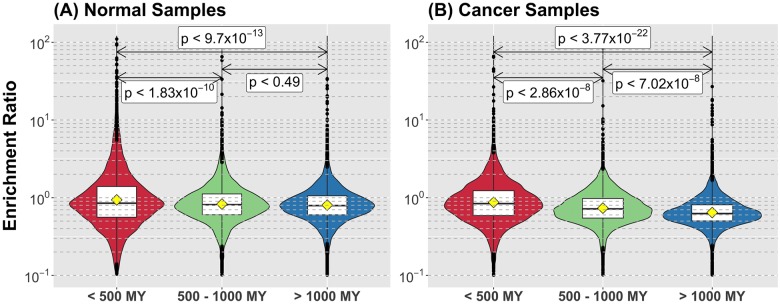Fig 1. Younger genes are mutated more frequently in both normal and cancer.
The Enrichment Ratio is the observed rate of mutation of a gene (in mutations per base-pair) over the expected value according to the null hypothesis of uniform random mutations. We categorized genes in three main age groups, corresponding to post-metazoan (less than 500 MY), metazoan (between 500 and 1000 MY) and pre-metazoan (more than 1000 MY) ages and produced the distribution of Enrichment Ratio for each group. Genes younger than 500 MY old are mutated significantly more frequently in both normal (A) and cancer (B). Also, the frequency of mutation declines as the age of the gene increases. P-values in each case are taken as the maximum between the p-value given by a Tukey's range test between the three groups and a pair-wise t-test comparison.

